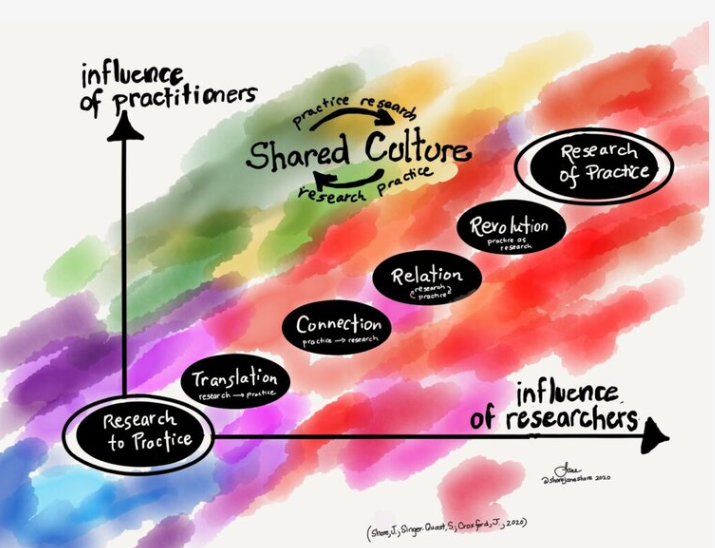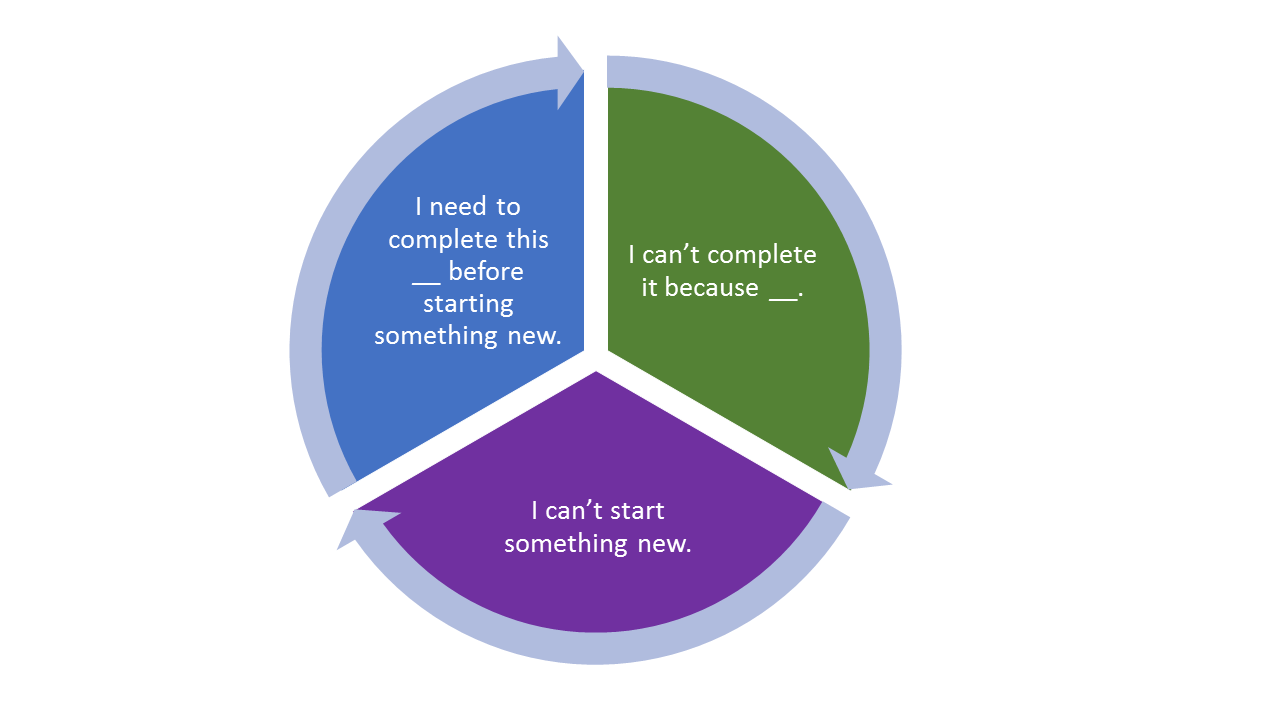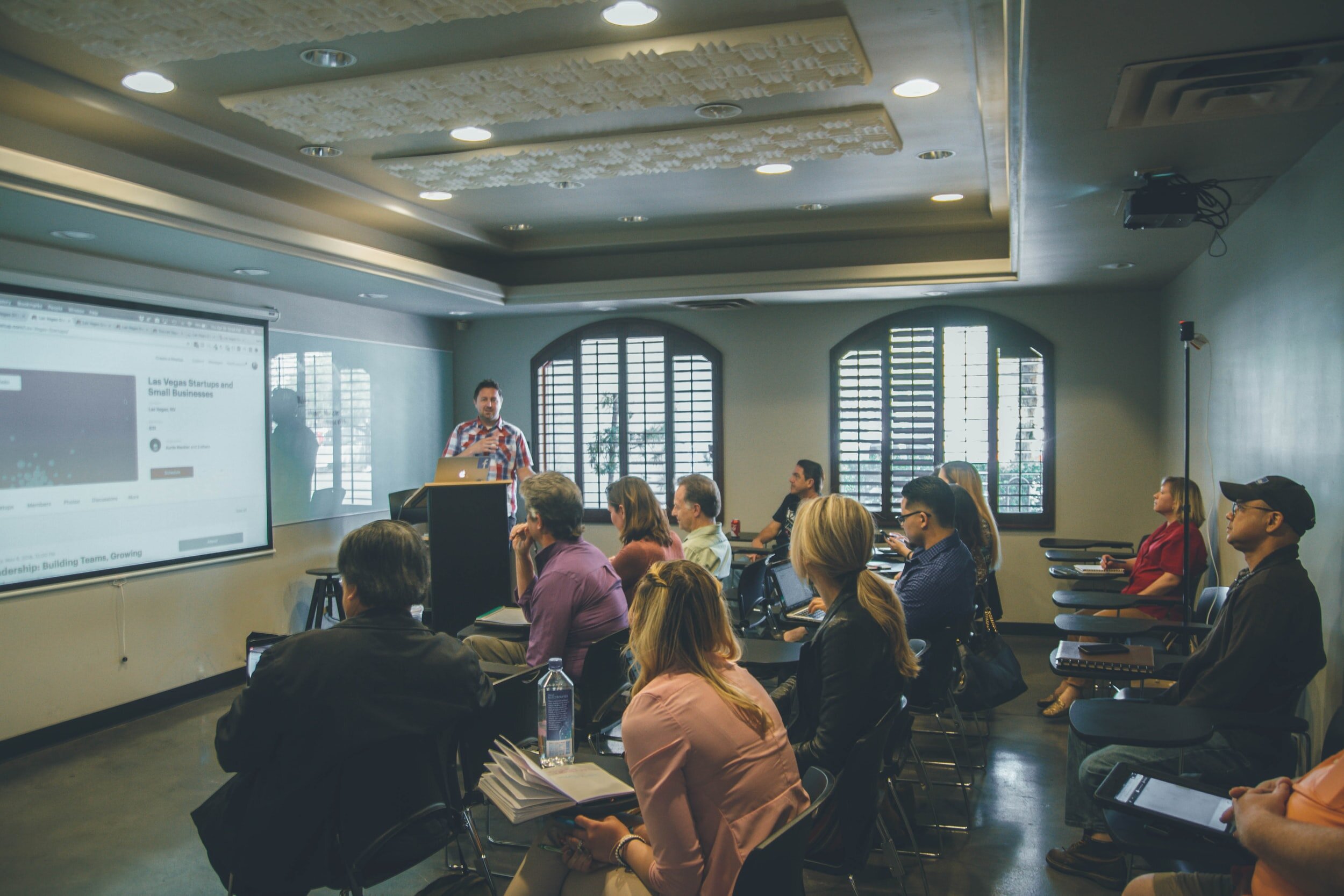6 Ways to Teach and Learn Methods with Videos
Janet Salmons, PhD Research Community Manager for Sage Methodspace
“The world told is a different world to the world shown.”
Günter Kress, 2003
Learning is multimodal in our digital age.
Günter Kress was a trail-blazing thinker about multimodal literacy. In the early days of the web Kress understood that the nature of communication changes when our multilingual, multicultural, world is connected online. He suggested that a shift from words to pictures is interrelated with a shift from print to digital:
There is, on one hand, the broad move from the centuries-long dominance of writing to the new dominance of the image and, on the other hand, the move from the dominance of the medium of the book to the dominance of the medium of the screen. (Kress, 2003, p. 1)
Watch the 2023 Methodspace videos!
Find the Methods Film Festival here.
Kress pointed out that even when the screen contains text it is inherently visual; he called this type of communication multimodality. With the use of digital media, the choices of modes available to use in meaning-making multiply: most – we would say all – representations are multimodal…. Modes have differing ‘affordances’, different potentials for making meaning. (Kress & Selander, 2012, p. 267).
More than a decade later we can see Kress’s predictions have come to pass. Whether sending pictures in text messages to family members or witnessing distant events on a video someone posted on social media. It has become natural to meld words and pictures. Luckily for those who want to teach and learn methods, excellent resources do just that. Videos allow researchers to show and discuss steps and offer examples, to share personal insights and provide encouragement to those trying new approaches. Methodspace produced 32 videos in 2023 and they are all freely available to use and share. You can engage students with four types of Methodspace videos:
Author Interviews: Conversations with one or more authors about the ideas and methods they’ve written about in books or articles.
Methods Presentations: Explanations and demonstrations of particular aspects of a research or academic writing project.
Roundtable Discussions: A group of scholars discuss a topic, answering the facilitator’s questions and commenting on each other’s responses.
Webinar Recordings: Two or more scholars share ideas, strategies, or practical tips, followed by questions from attendees.
Each type has potential for engaging individuals or teams of students in active, experiential learning. These six ideas can be used in online or face-to-face classrooms.
Six Ways to use Videos in Your methods classroom
Read> Watch > Reflect>Write> Discuss
Read the article or book, then watch the author interview. Identify important points or recommendations. Reflect on whether the methods or approaches fit, or not, in their own research projects and rite an essay or journal entry. Discuss what was learned, and note any unanswered questions.
Compare and Contrast
Choose two or more videos on a topic. Study the videos and related books or articles. Compare and contrast the research approaches and discuss how and why they could be used in a research project.
Over to you: How would you answer the questions?
Read the article or book, then watch the author interview or roundtable, making note of the questions. Answer the questions in an essay or small group discussion. What questions would you have raised if you were giving the interview?
Over to you: What would you ask?
Read the article or book, then watch the author interview or roundtable, making note of the questions. Articulate 3 -5 questions you would pose to the researcher(s). Explain what you would like to know from the researcher and why.
See and Do
Read the article or book, then watch the methods presentation. Choose an approach shown in the video and try implementing it.
View and Analyze
What do you see? View a selection of videos and practice data analysis skills to code your observations and summarize key themes. Learn more in these Methodspace posts:

How do you use videos to teach research methods and/or academic writing?
Please contact me to share other approaches for using videos for methods instruction and I’ll post them to benefit the whole Methodspace community.
References
Kress, G. (2003). Literacy in the new media age. Routledge.
Kress, G., & Selander, S. (2012). Multimodal design, learning and cultures of recognition. The Internet and Higher Education, 15(4), 265-268. https://doi.org/http://dx.doi.org/10.1016/j.iheduc.2011.12.003
Image by Kerstin Riemer from Pixabay.
More Methodspace Posts about Teaching and Learning Methods
Julianne Cheek and Elise Øby, co-authors of the book Research Design: Why Thinking About Design Matters, discuss how to make decisions about what qualitative, quantitative, or mixed methods data to collect and how to do so. This post is the third of a three-part series of posts that feature ten author interviews.
Anna CohenMiller helps us drawing on the 4C's of research: Compassion, Community, Care and Collaboration into our research praxis to develop as individuals and researchers.
Doctoral student Sandra Flores discusses her research in Puerto Rico, and what she learned from the experience.
Sage Research Methods Community posts about mentors and mentoring
Julianne Cheek and Elise Øby, co-authors of the book Research Design: Why Thinking About Design Matters, discuss how to make decisions about methodology in this collection of video interviews. This post is the second of a three-part series of posts that feature ten author interviews.
“Learning about networks, therefore, is to learn key intellectual and empirical skills for navigating through complexity – this descriptor that permeates the world of the 21st century.” Learn more in this guest post from Ion Georgiou.
In this guest post Jane Shore and Sarah Singer Quast remind us of the importance of bridging research and practice, and give specific recommendations.
How can you use data science in social science research? Find an interview with the Oxford Internet Institute’s Dr. Bernie Hogan and lots of useful resources in this post.
We need to think about research before we design and conduct it.
Julianne Cheek and Elise Øby, co-authors of the book Research Design: Why Thinking About Design Matters, discuss the first three chapters in these video interviews:
Chapter 1 – Research Design: What You Need to Think About and Why
Chapter 2 – Ethical Issues in Research Design
Chapter 3 – Developing Your Research Questions
The editor of The Sage Handbook of Online Higher Education, Safary Wa-Mbaleka, is joined by contributors in a lively roundtable about teaching and learning online.
Look candidly at your unfinished project. Is it a stepping stone, and completion will be allow you to move ahead? Or is it an obstacle that prevents you from moving forward? Find ideas to help you determine whether to revive that piece of writing or let it go.
Have a writing project that is languishing? Find practical tips for keeping it alive!
Methods Film Fest!
We can read what they write, but what do researchers say? What are they thinking about, what are they exploring, what insights do they share about methodologies, methods, and approaches? In 2023 Methodspace produced 32 videos, and you can find them all in this post!
How can we teach and learn research methods and academic writing skills using videos? Find 6 ways to use videos with students or to delve more deeply and build your own skills. Make sure to check out Methodspace videos freely available on YouTube.
Many questions were posed by attendees of the Sage webinar, Create a Research Agenda and Personal Academic Brand, with panelists Dr. Mark Carrigan and Dr. Jessica Sowa. Attendees posed many questions. This post is the first in a series - find responses to your questions and links to related resources.
Jessica Lester and Trena Paulus co-edited a December 2023 special issue for the Sage journal, Qualitative Inquiry, “Qualitative inquiry in the 20/20s: Exploring methodological consequences of digital research workflows.” Read the articles and watch a roundtable with contributors. This is the second of two discussions of the special issue.
Jessica Lester and Trena Paulus co-edited a December 2023 special issue for the Sage journal, Qualitative Inquiry, “Qualitative inquiry in the 20/20s: Exploring methodological consequences of digital research workflows.” Read the articles and watch a roundtable with contributors. This is the first of two discussions of the special issue.
Thinking about research careers and calling: finding the right fit.
Use research cases as the basis for individual or team activities that build skills.
Safary Wa-Mbaleka, Arceli Rosario, and Anna Cohen Miller discussed opportunities and challenges for global researchers and academic writers in this roundtable discussion.
Find an 10-step process for using research cases to teach methods with learning activities for individual students, teams, or small groups. (Or use the approach yourself!)
Dr. Linda Bloomberg offers four presentations about qualitative research approaches at each stage of the process.
Dr. Linda Bloomberg offers detailed suggestions for getting organized and starting a dissertation or thesis.
In 2023 academic writers have more than the usual number of issues to contend with, so we will tackle writing, presenting, and disseminating research for three months! From October through December, find posts, interviews, curated collections of open-access resources, and webinars!
Instructional tips for teaching quantitative data analysis.
Tips on grading and marking to make it relevant and useful for students’ future research.
Tips on assessing a course to make it relevant and useful for students’ future research.
Have you seen Dr. Gorard use card tricks to teach research methods? Watch this video!
Don’t have funds for data analysis software? Use Excel! Learn how in this interview with Charlotte Brookfield.





























This year we need to honor Martin Luther King's legacy with both reflection and action! In this post, find links to lots of original source materials, including documents and recordings.